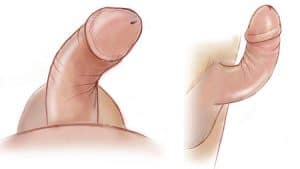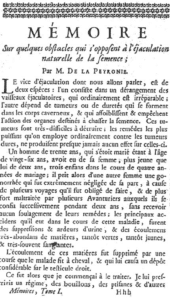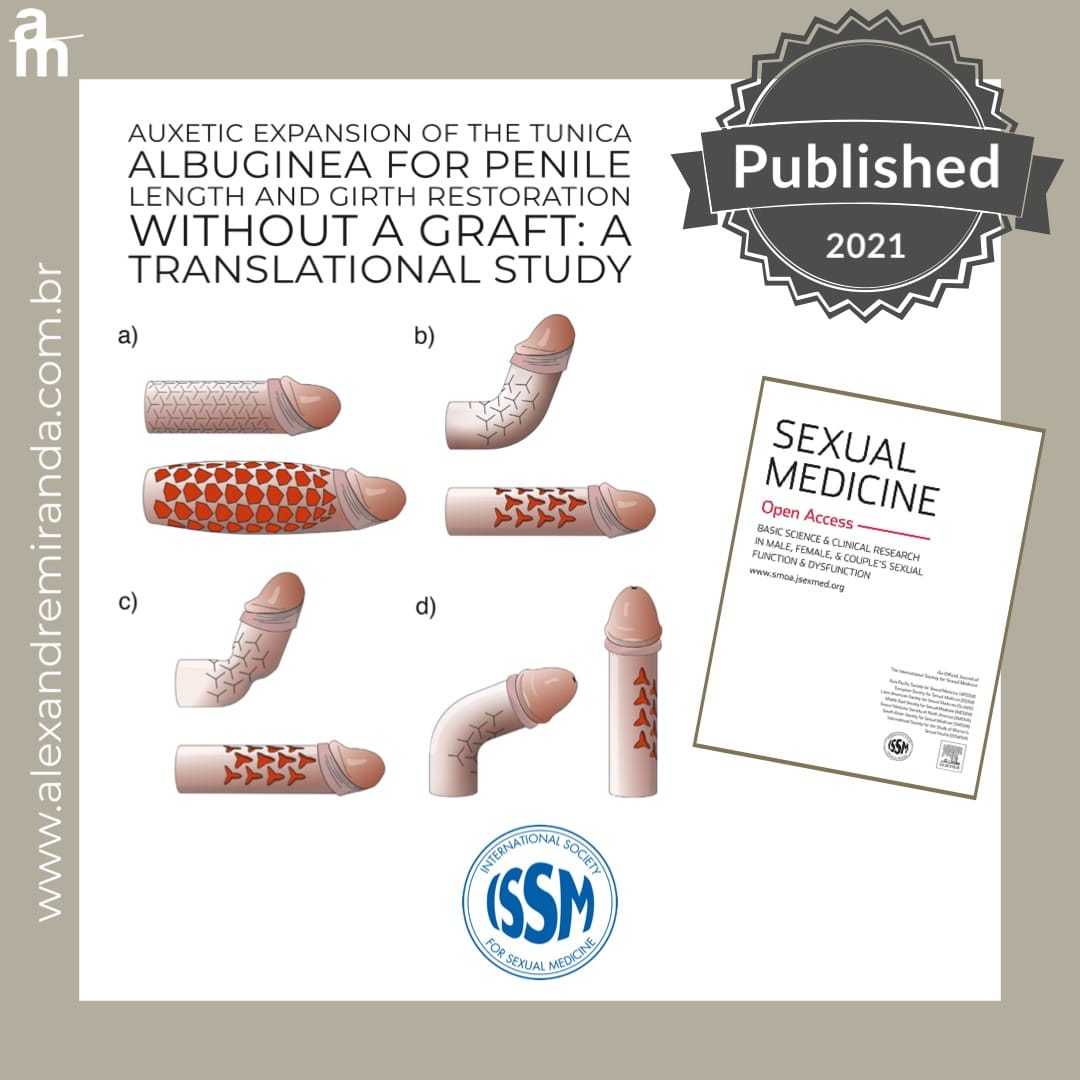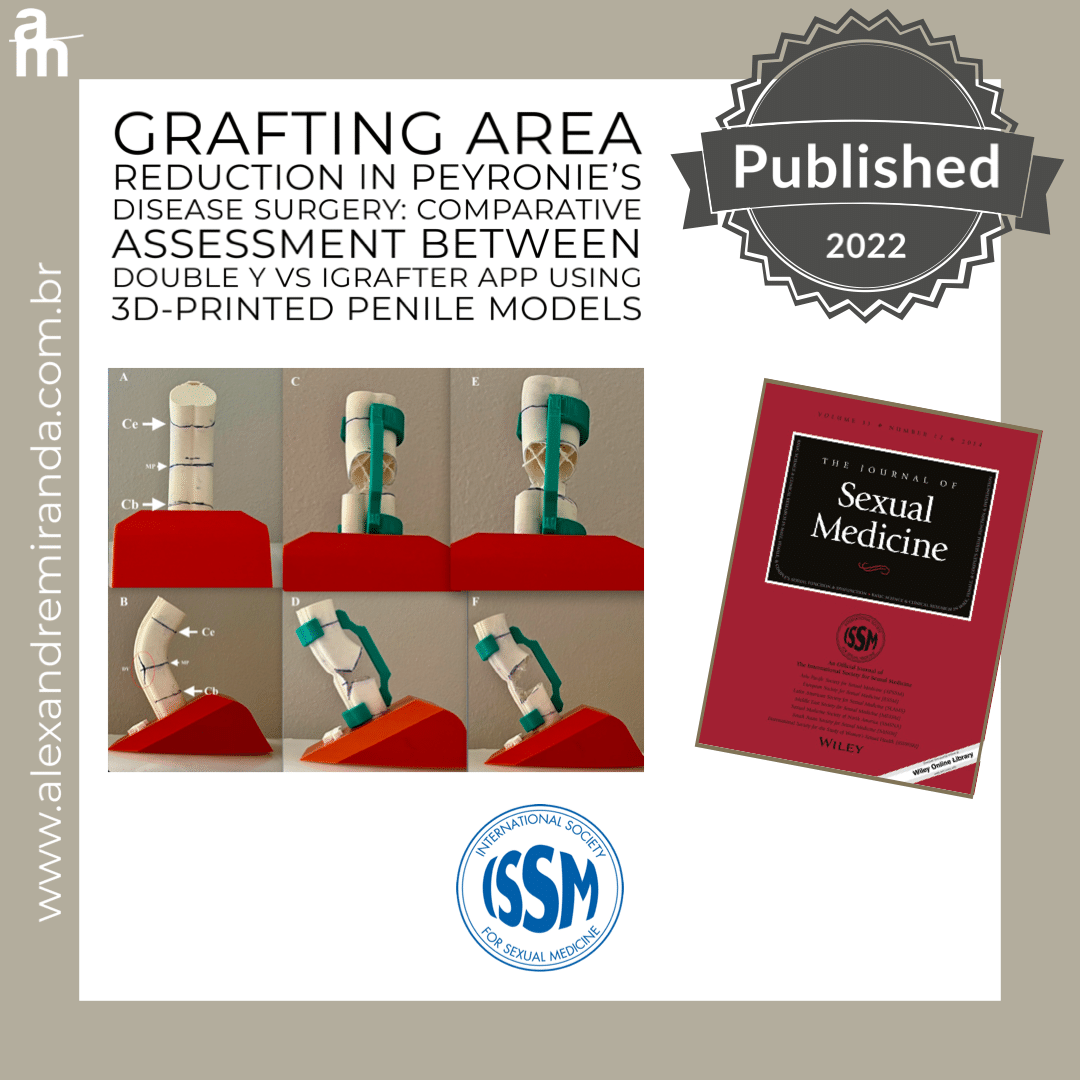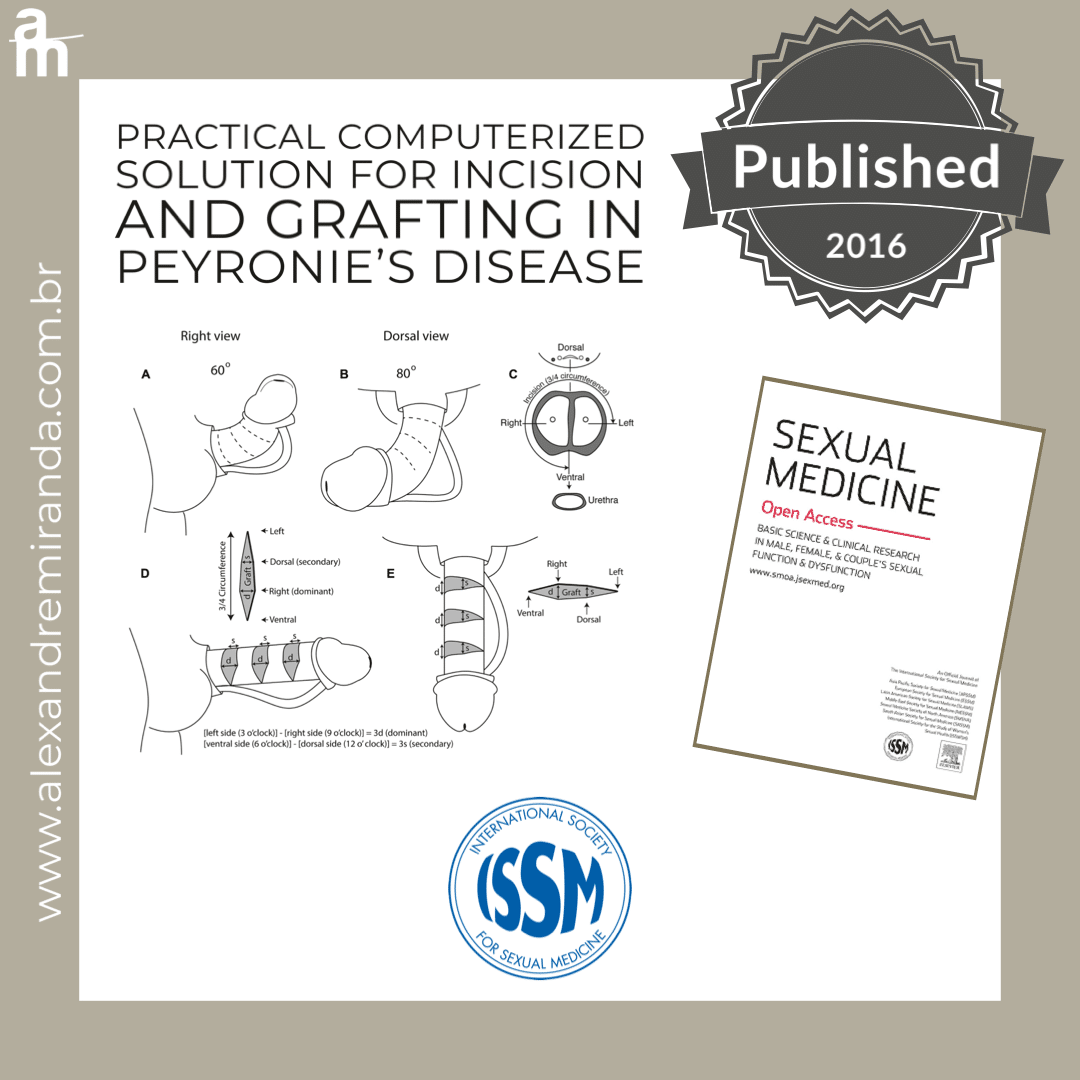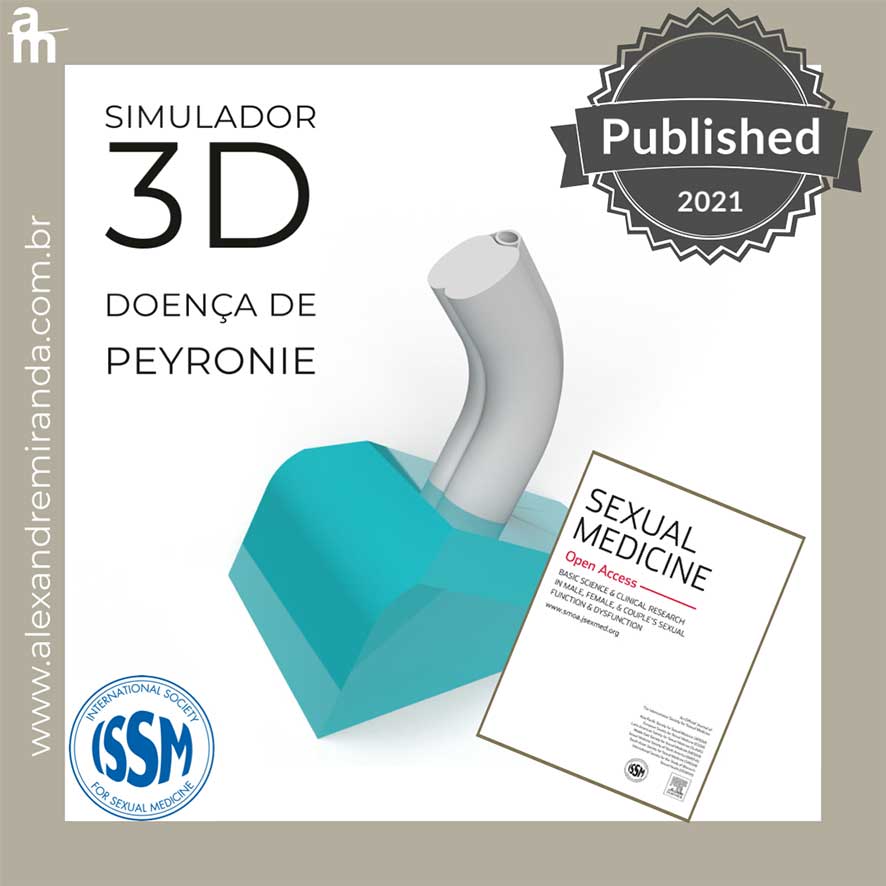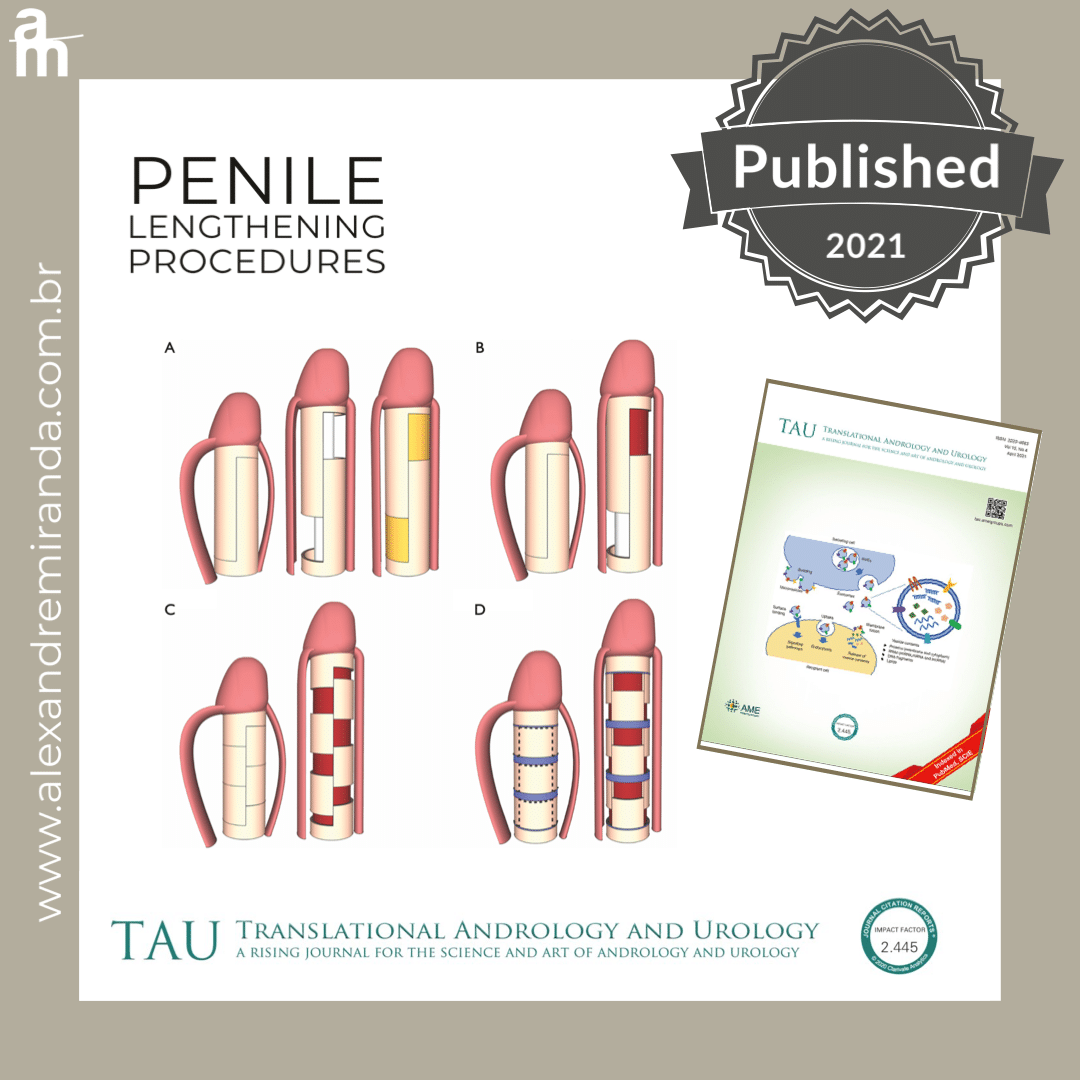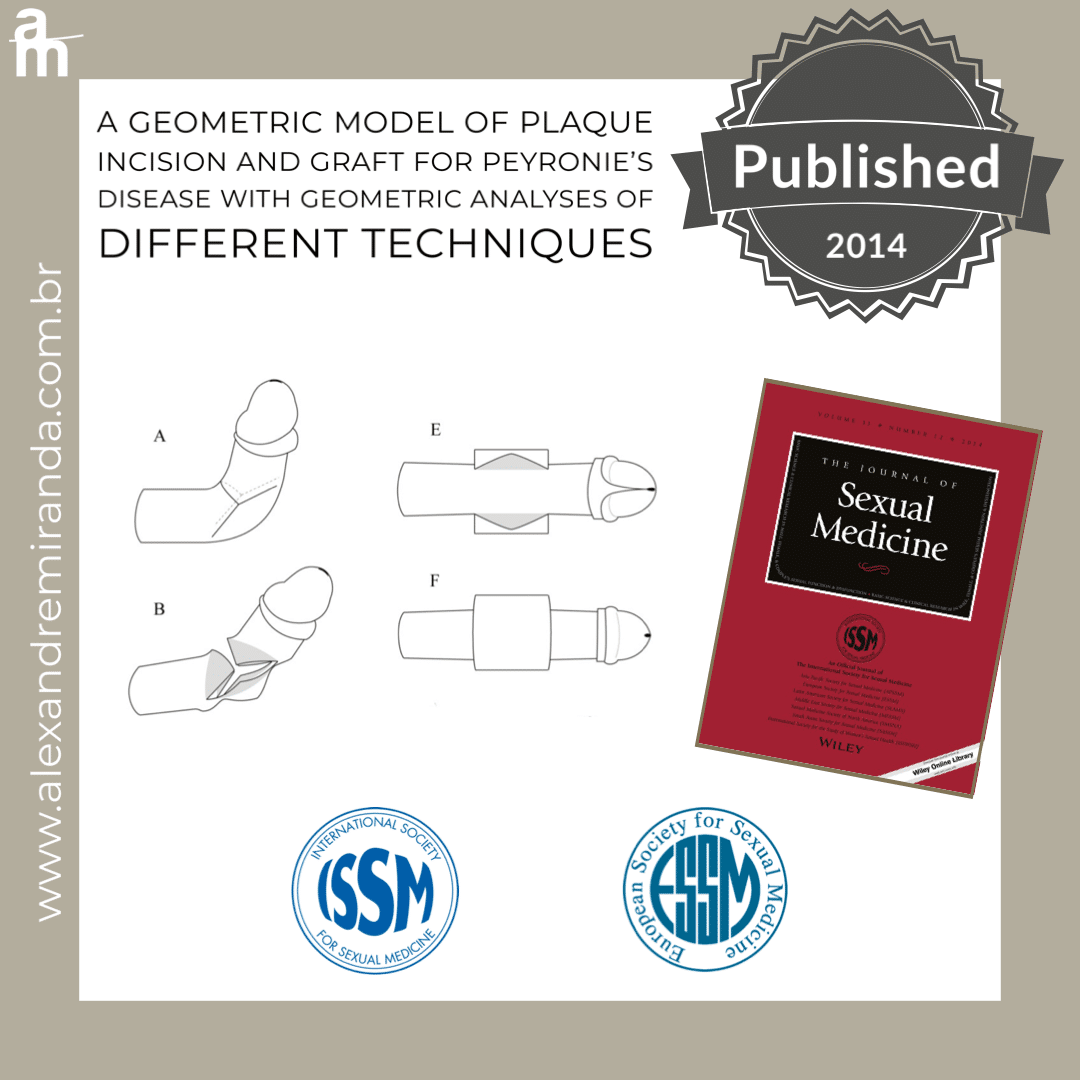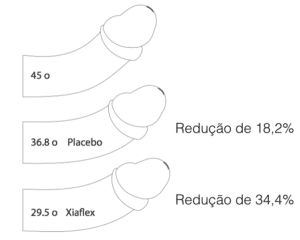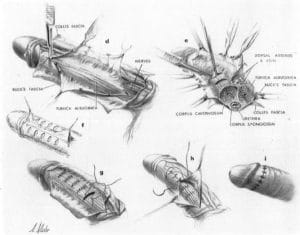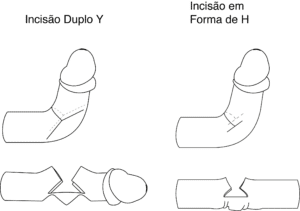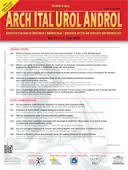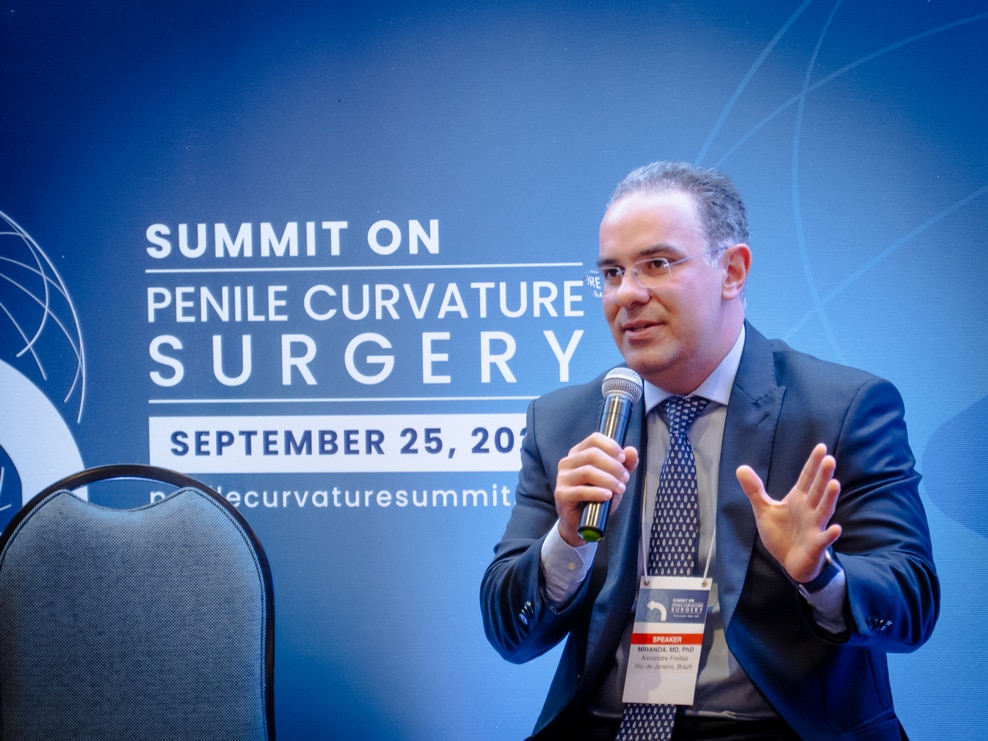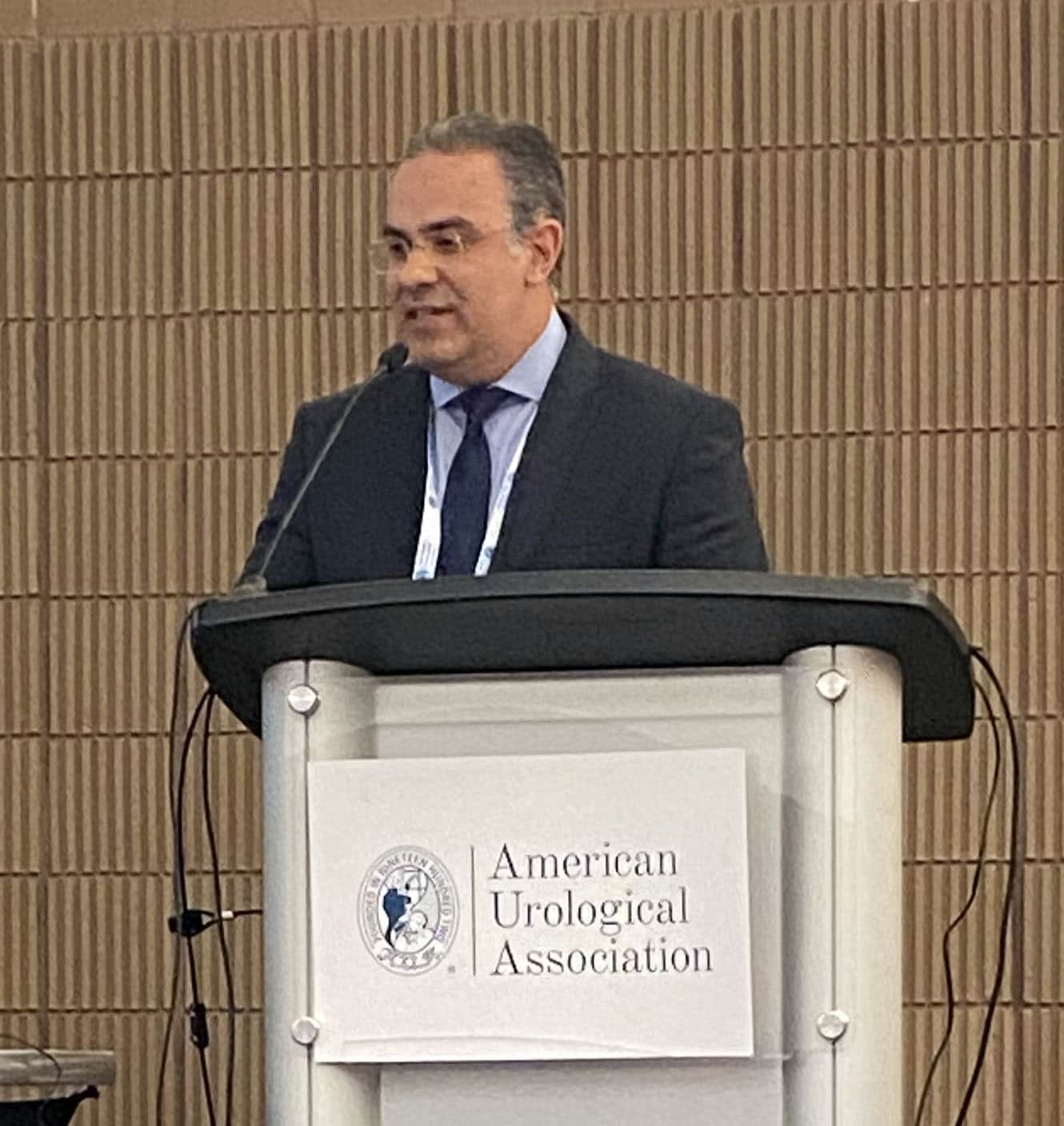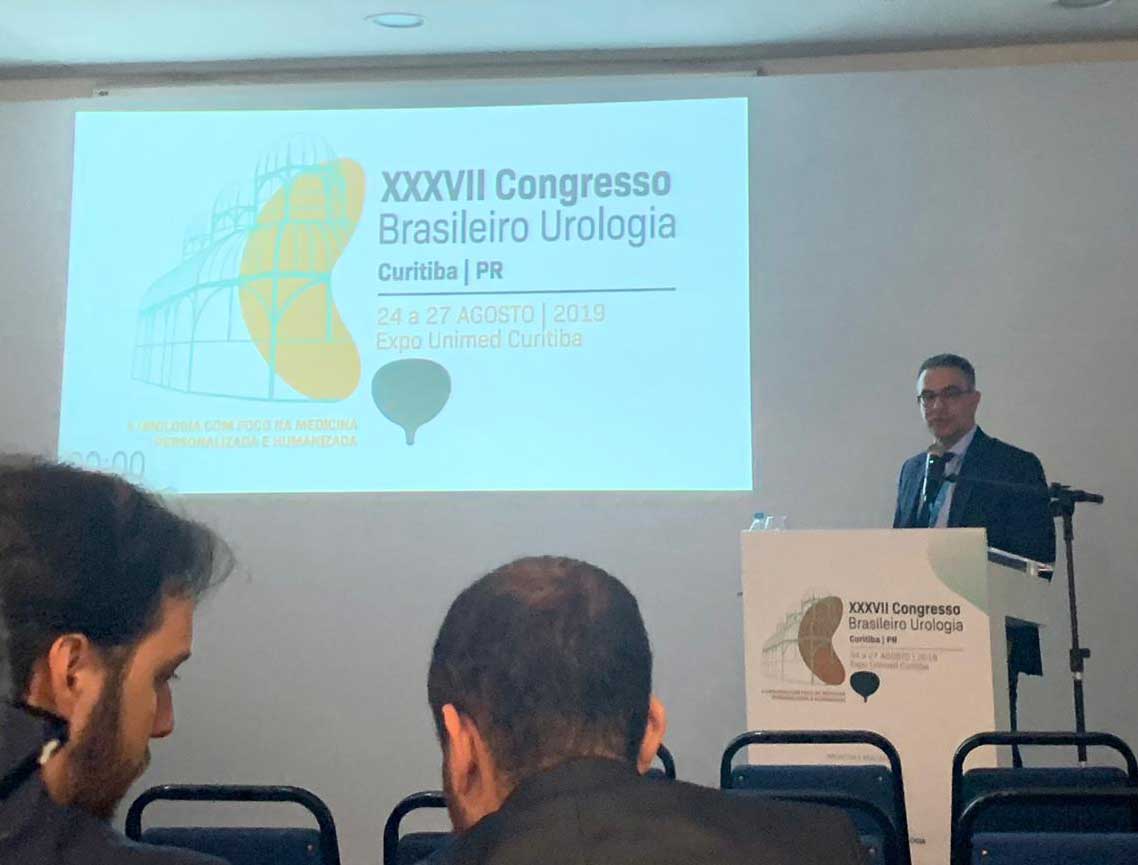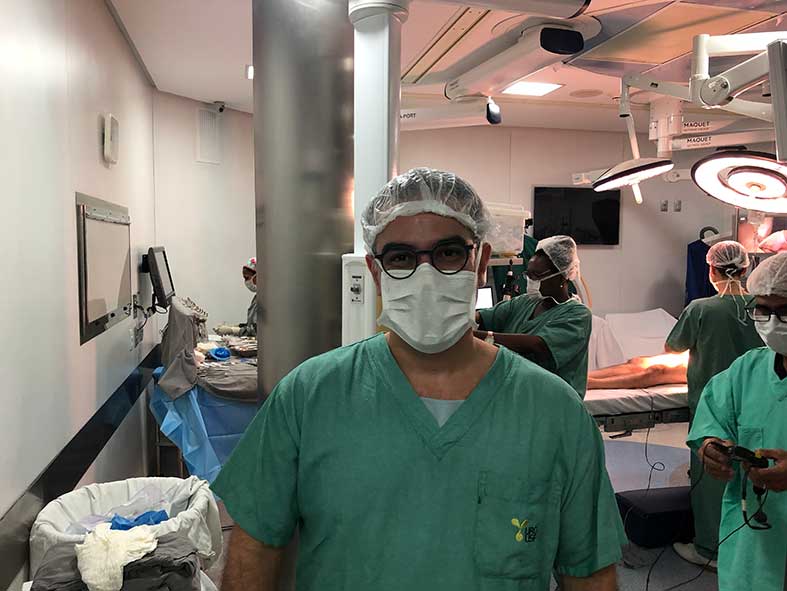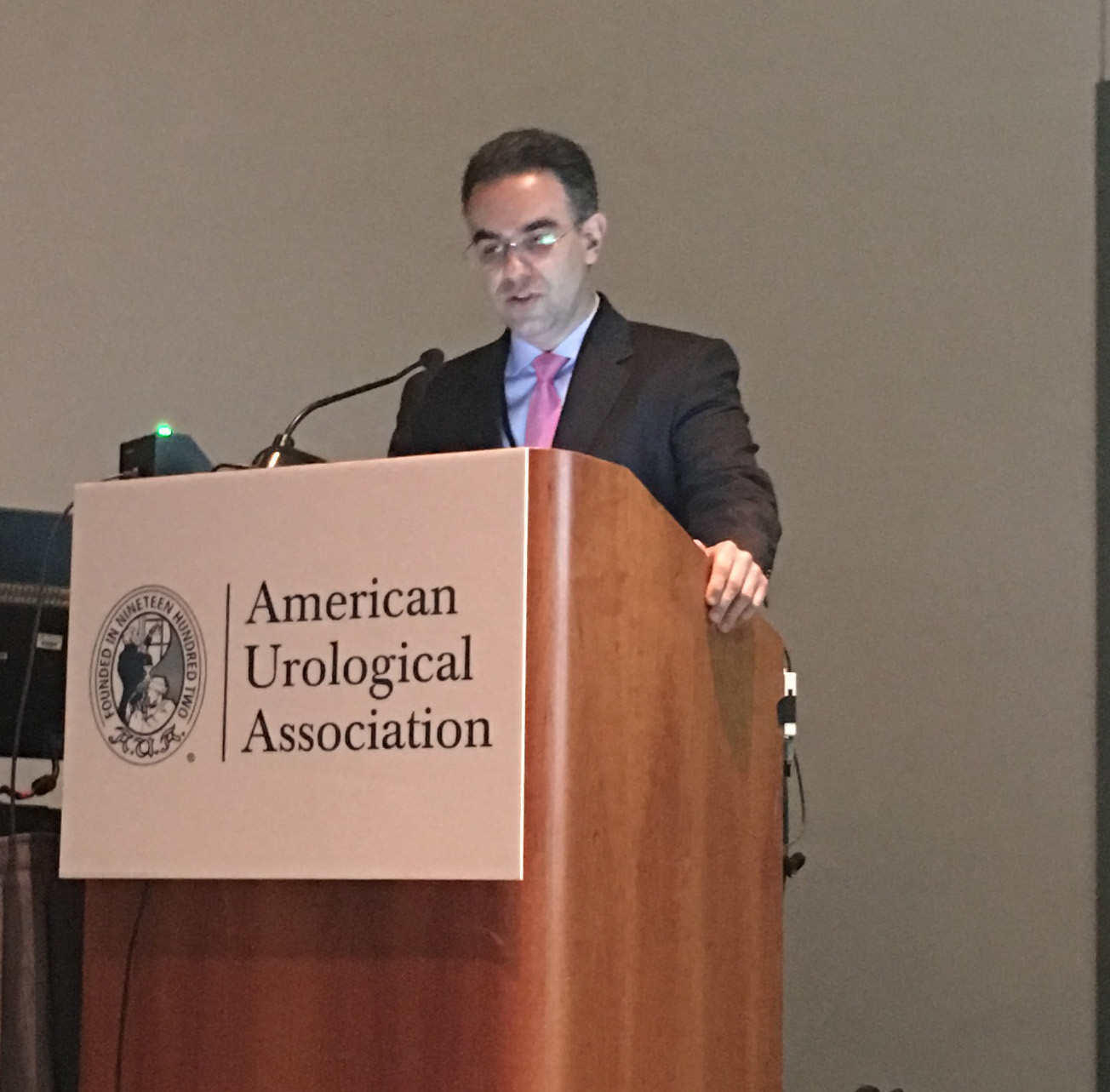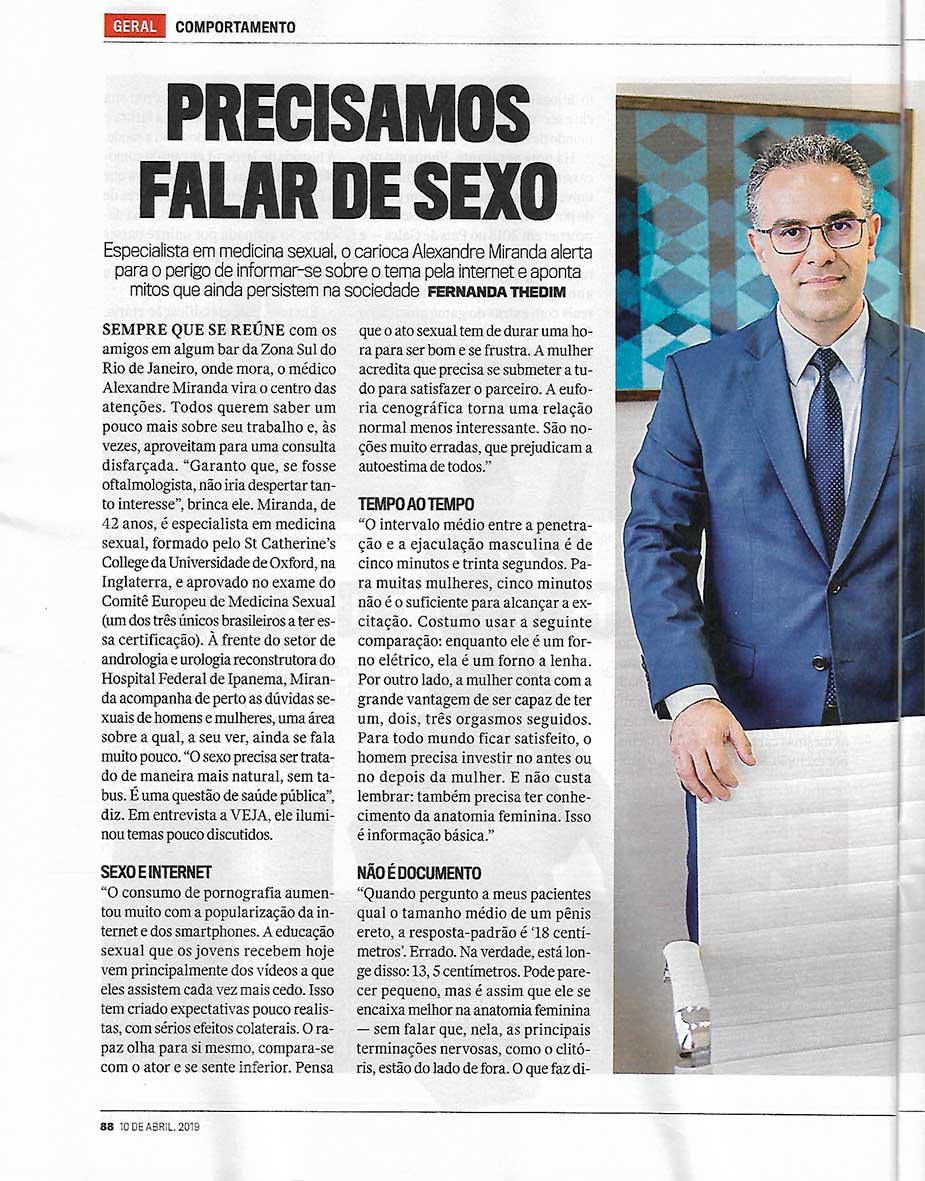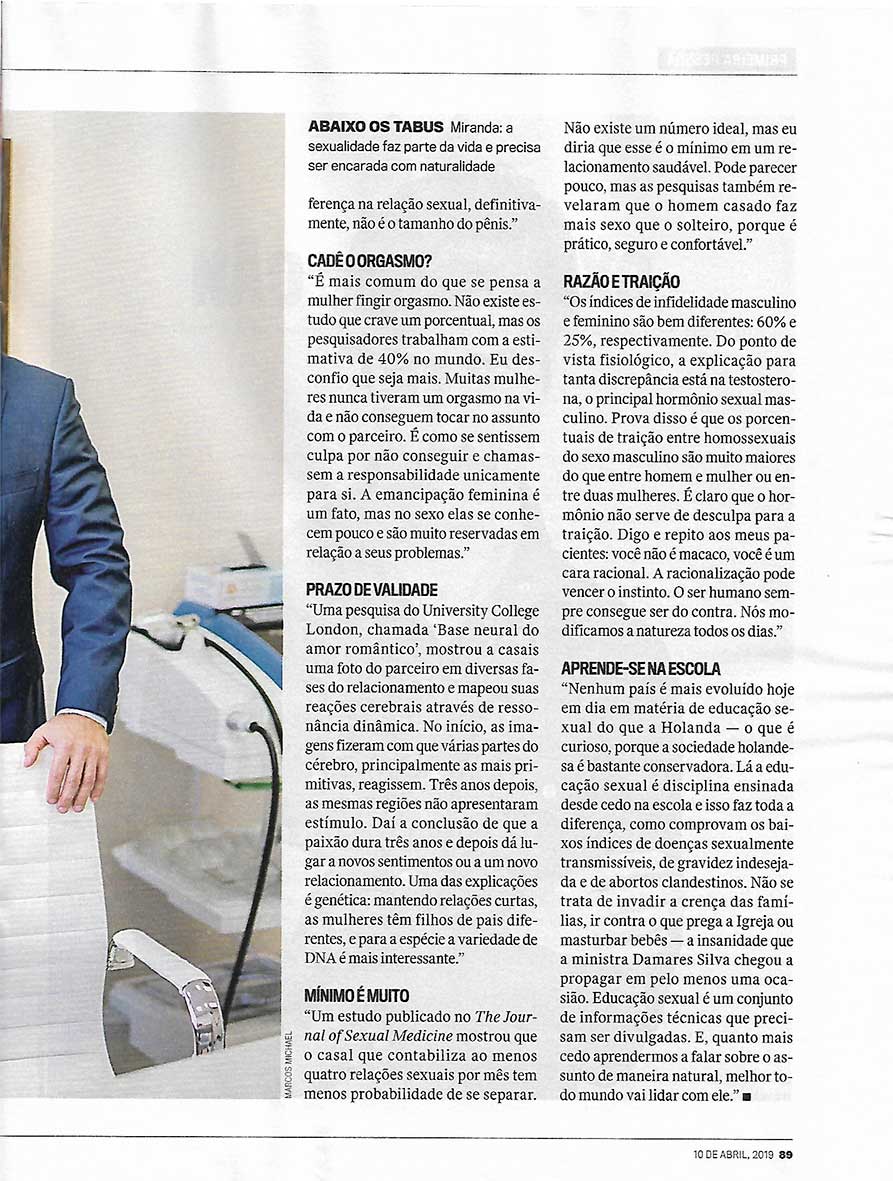Peyronie's disease
%
of men are affected by the Peyronie's disease
What is Peyronie's disease
Correção da curvatura com enxerto
Impacto psicológicos da doença çde Peyronie – Veja a entrevista com o psicólogo Antônio Carvalho.
What is Peyronie's disease
Peyronie's disease can manifest as various penile abnormalities such as curvatures, indentations, palpable plaques, nodules, hourglass deformity, penile shortening (with or without curvature), or a combination thereof. These deformities are most noticeable during an erection when the tunica albuginea loses its compliance (ability to stretch) at the fibrosis site, which prevents the corpus cavernosum from expanding. This lack of expansion causes the sides of the penis to become different sizes, with the fibrosis (plaque) causing the short side as it cannot expand. The opposite side is the long side (as seen in the picture). The initial acute phase always has an inflammatory component that can lead to pain.
Erectile dysfunction is a common occurrence in individuals with Peyronie's disease, with around 20 to 54% of patients (averaging 1/3) experiencing this issue. Other factors and conditions linked to Peyronie's disease include hypertension, dyslipidemia, low testosterone levels, Dupuytren's contracture, plantar fascial contracture (also known as Ledderhose disease), tympanosclerosis, trauma, transurethral procedures, gout, Paget's disease, and the use of beta-blockers.
Peyronie's disease, in its classic form, differs from fibrosis of the corpora cavernosa that arises due to external trauma, fractures, or as a secondary effect of intracavernous injection (ICI) with a vasoactive drug.
Disease history

François Gigot de La Peyronie (1678 – 1747)
The first recorded instance of penile curvature was attributed to Theodoricus Borgognoni (1205-1298), and later mentioned by various surgeons and anatomists including Guilielmus of Saliceto (circa 1210-1276), Gabriele Falloppio (or Falloppia) (1523-1562), Andreas Vesalius (1514-1564), Giulio Cesare Aranzi (or Aranzio) (1530-1589), Claas Pieterzoon Tulp (Nicholaus Tulpius) (1593-1674), and Anton Frederik Ruysch (1638-1731). However, the only comprehensive and genuine description of the condition was given by François Gigot de La Peyronie in his work "Mémoir sur quelques obstacles quis'opposent à l'éjaculation naturelle de la semence," which was published in the first volume of the "Mémoires de l'Académie Royale de Chirurgie" (1743, pp. 425- 39), which he himself created. As a result, the disease came to be known by his name.
Image from the original publication of Peyronie's disease (1743)
On line appointment
Book an appointment now with Dr. Alexandre Miranda.
International articles published by Dr. Alexandre Miranda
New surgical technique for restoring penile length and girth
In December 2021, Dr. Alexandre Miranda published a new concept for correcting penile curvatures/hourglass deformity. This new technique is designed to restore the lost length and girth of the penis.
Advantages of using iGrafter
A new international article has been published demonstrating a 50% reduction in graft area and fewer errors in penile curvature corrections, utilizing the iGrafter - an APP created by Dr. Alexandre Miranda.
O resultado potencial é a melhor preservação da função erétil
iGrafter - Penile curvature correction application
Dr. Alexandre Miranda has developed a new surgical technique to correct penile curvatures, which has been published in the Sexual Medicine.
First 3D printed Peyronie's disease simulator
Dr. Alexandre Miranda has developed and validated a 3D-printed model for training surgeons in the correction of penile curvature.
Seu trabalho foi publicado no Sexual Medicine
Penile enlargement during penile prosthesis implantation.
An international review article on penile enlargement during penile implantation has been co-authored by Dr. Alexandre Miranda, along with doctors from the universities of Rochester, Arkansas, and Michigan in the USA.
Issues caused by standard surgical methods for Peyronie's disease correction.
Dr. Alexandre Miranda has recently published an article in The Journal of Sexual Medicine, a prestigious international journal, discussing corrective surgical procedures for penile curvatures.
Classification
We can classify Peyronie's disease into two phases:
The first phase, is called the "acute" or inflammatory phase
The second phase is called the "chronic phase".
During the first phase, the patient usually experiences pain (which may be absent) and progressive worsening of the curvature due to intense local inflammation and collagen deposition.
The pain and progression of curvature typically resolve spontaneously after 6-18 months, marking the end of this phase. The subsequent phase (chronic) is characterized by the absence of pain and stabilization of penile curvature, with a halt in the progression of genital deformity.
One crucial factor to assess is the decrease in penile length, which typically results in a reduction of 2.1-3.2 cm on average.
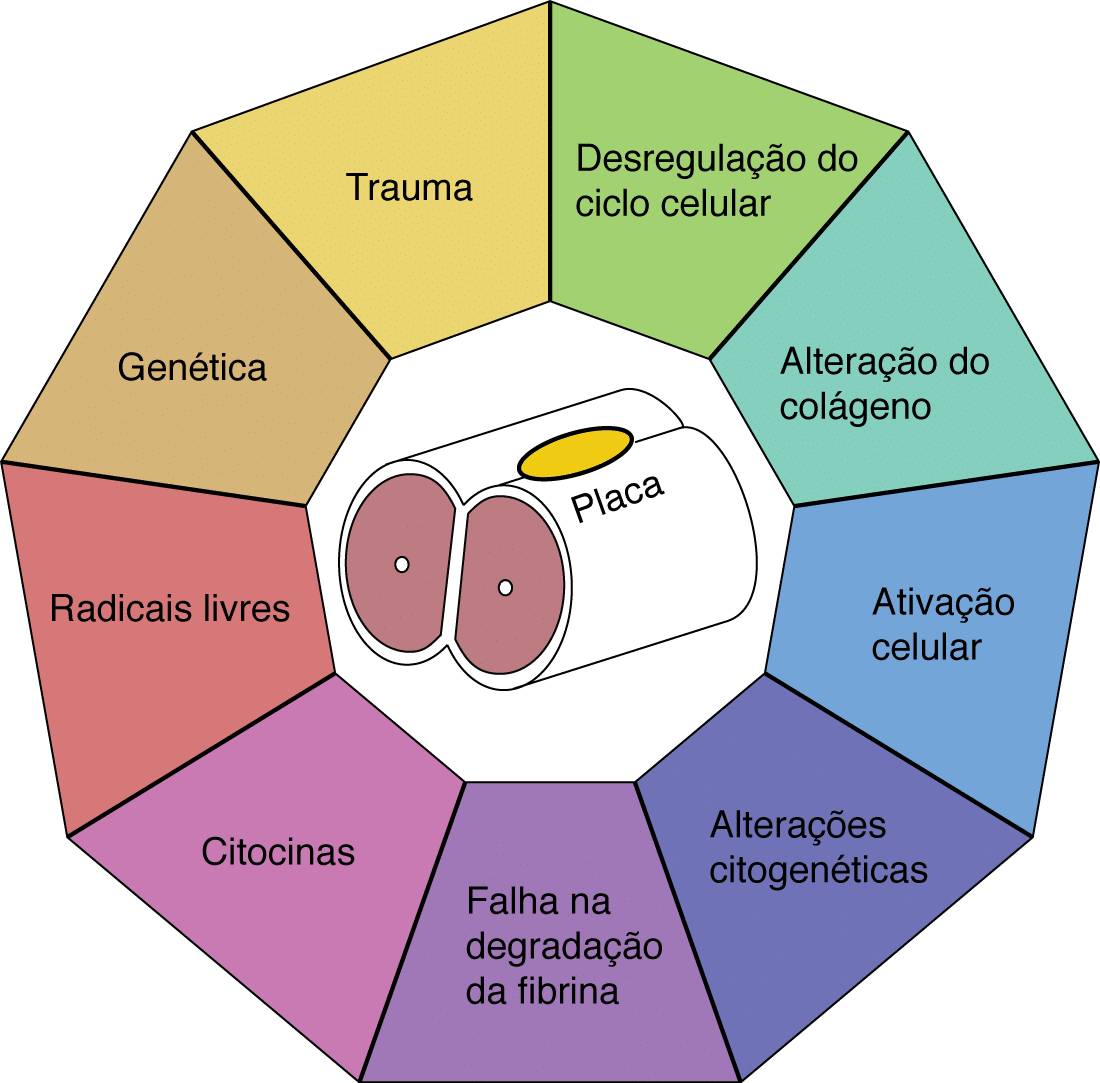
Figure: Origin of Peyronie's disease.
Click on the tabs
Although the exact cause of the disease is not yet fully understood, it is now recognized that various factors contribute to its development. It appears that the disease is a result of the interplay of these factors, including disruption of the cell cycle and the influence of free radicals.
By clicking on the tabs below, you can learn how each of these factors contributes to the development of Peyronie's disease.
- Trauma
- Cell Cycle deregulation
- Collagen cycle deregulation
- Cellular activation
- Cytogenetic abnormalities
- Failure in fibrin degradation
- Cytokines
- Free radicals
- Genetic
- Only 10% of peyronie's patients report trauma
- There is little evidence to support trauma as the sole cause of the disease. At most, it may contribute in a minor way.
Conclusion: It is a contributing factor but not the primary cause of the disease.
- An increase in cell proliferation at the plaque
- The P53 protein regulates cell cycles, initiates apoptosis, and repairs damaged DNA.
- In Peyronie's disease, there is an aberration in P53, which leads to cell proliferation and immortalization (meaning the cells can proliferate indefinitely).
- Lack of the P53 protein or its functional impairment can result in cell damage and shift in cell cycle regulation towards uncontrolled proliferation.
- Increased collagen deposition
- Collagen fibers disorganization
- Elastic fibers reduction
- Collagen undergoes a change from type I to type III, which is characterized as immature or young.
- Activation of monocytes, macrophages, and platelets occurs.
- There is an increase in the production of extracellular matrix, particularly collagen.
- The fibroblasts proliferate, producing collagen.
- The avascular tunica albuginea has difficulty in "cleaning" the fibrin deposits following microhemorrhages.
- Fibrin deposits are present in 95% of the fibrotic plaques found in the tunica albuginea.
No caso da doença de Peyronie temos o aumento de citocinas pró-inflamatórias, pró-fibróticas e redução das anti-fibróticas.
Pró-Fibróticas
Causam aumento de produção de colágeno pelo fibroblasto e proliferação de fibroblastos
- Fator de necrose tumoral – TGF-alfa
- TGF-β
- Fibroblast Growth factor (FGF)
- Platelet-derived growth factor (PDGF)
- O aumento de peroxinitrito na placa
- O Aumento do fator nuclear – kB (NF-kB)
- Aumentam a expressão dos genes envolvidos na fibrose
- O uso da vitamina E tem um racional, pois é um anti-oxidante, reduzindo a quantidade dos radicais livres
- 17% of patients have a genetic predisposition
- Patients who have plantar fasciitis or Dupuytren's disease are at a higher risk of developing Peyronie's disease.
Nonsurgical treatments for Peyronie's disease typically yield more modest outcomes
Oral drugs Ø
Click on the tabs
Nenhuma medicação oral se mostrou eficaz. Há algum suporte hoje em dia ao uso das medicações para ereção, como a t4dala.
Ozone Ø
There is no scientific evidence to support its use
Iontophoresis Ø
There is no scientific evidence to support its use
Sh0ckwave ther4py √
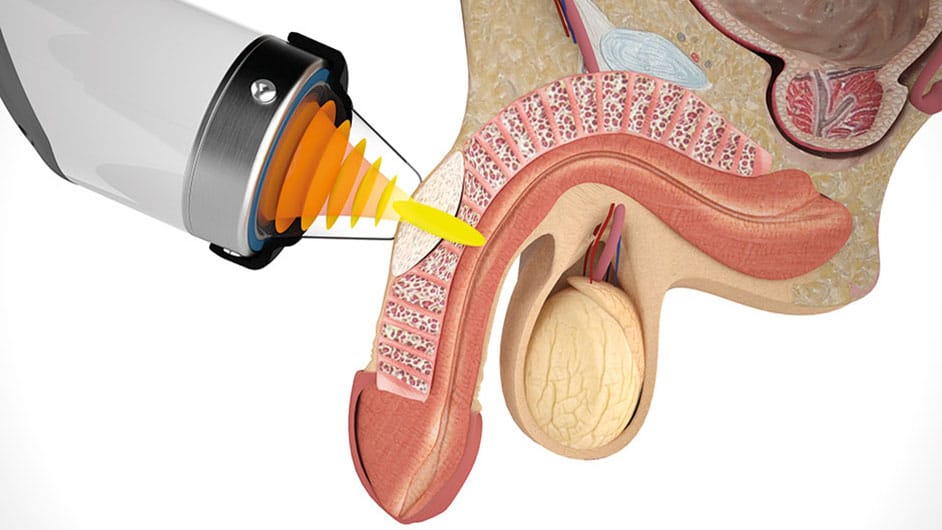
- Improves penile pain, when present
- Reduces the size of calcified plaque
- Improves penile rigidity
- Stabilizes the disease and prevents its progression
- Improves quality of life
Learn more about sh0ckwaves in Peyronie's disease
Topical therapy Ø
Click on the tabs
There is no scientific evidence to support its use
Injection therapy√
Click on the tabs
The coll4gen supplement (Xi4flex) has scientific proof of its effectiveness.
In a meta-analysis consisting of 11 prospective studies, an average improvement of 35% in penile curvature and a reduction of 41% in the patient's perceived discomfort score was observed.[1]
The results were similar to another study published in 2015[2] where the improvement was 34.4%. The average initial penile curvature was 53 degrees. At the end of the treatment, the curvature was 34.7 degrees (a reduction of 18.3 degrees).
Unfortunately, its sale has been suspended worldwide today, with the exception of the US. Additionally, it has a very high cost.
[1] Front Pharmacol. 2022;13: 973394.
[2] J Sex Med. 2015;12: 248-58.
- Indicated for patients who have more than 30 degrees of curvature.
- One application every 2 weeks for 12 weeks (a total of 6 applications).
- Improves by an average of 9 degrees, which means a man who has 30 degrees of deviation will end up with 21 degrees.
It can be used, however, more studies are needed to be certain of its benefit.
There is no quality scientific proof that allows its use.
There is no quality scientific proof that allows its use.
Penile traction √
Several studies support its use. The results show an average improvement of 19.7%-51.4% in curvature. A recovery of 0.5-1.8cm of penile length was also observed.
Surgical Treatment √
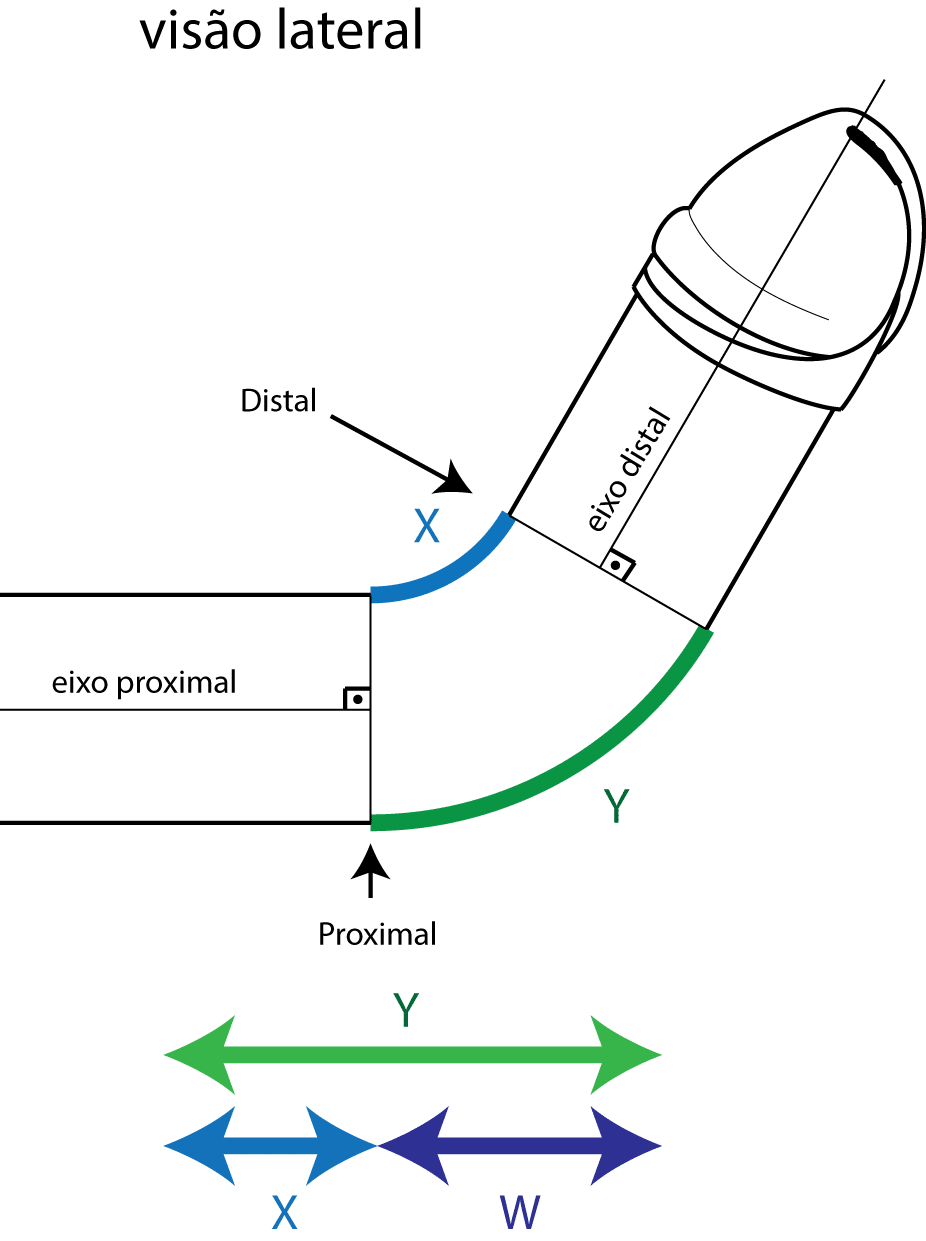
Surgical treatments - With preserved penile rigidity
We know that penile curvature is the result of the inequality between the sides of the corpora cavernosa, where one side is short (X) and the other is long (Y) (figure to the side). The aim of surgical treatment is to equalize this difference in lengths of each side of the corpora cavernosa. They can be divided into two types:
1- Reduction of the longer side of the corpora cavernosa (Nesbit and variants).
2- Lengthening of the shorter side (grafting).
The disadvantage of the first method is penile shortening, more significant for deviations > 30 degrees. By performing geometric analysis, we know that for every 30 degrees of curvature, there will be a difference of approximately 1.6 cm (W) between the sides of the penis. This means that in a patient with a 60-degree curvature, we will have to reduce 3.2 cm (2 x 1.6) (W) on the long side (Nesbit) or increase 3.2 cm on the short side (graft).
In general, the decision on the type of technique to be used is based on penis size, presence of an hourglass defect, and degree of deviation.
Small penis in length = Grafting
- < 60 degrees - Plication (Reduction of the long side)
- > 60 degrees - Grafting (Lengthening of the short side)
- If there is an hourglass deformity = Grafting
- Small penis in length = Grafting
Click on the tabs
The first successful surgical treatment for penile curvature was performed by Reed M. Nesbit in 1964. He shortened the longer side by removing small segments of the corpora cavernosa, which were closed with sutures. The technique was used for congenital penile curvature. Other authors modified the original technique, which began to be performed only with the placement of sutures, to shorten the long side of the curvature, without removing tissues.
Original image from Nesbit's work
Advantages:
- Lower chance of erectile dysfunction (loss of penile rigidity, impotence) compared to plaque incision and grafting.
- Shorter surgical duration
- Less need for tissue dissection and manipulation.
- Shorter recovery
Disadvantages:
- They do not correct hourglass deformities.
- Reduction in penile length
- Possibility of foreign body formation at the suture site / palpable sutures.
- Possibility of suture rupture and recurrence of curvature (very rare)
A enxertia cosiste em fazer uma abertura no lado menor da curvatura peniana seguida da retificação do pênis. Como resultado teremos um “buraco” no local que foi incisado (cortado). Este defeito deve ser então fechado com um enxerto.
Existem várias técnicas cirúrgicas para enxertia. A diferença básica entre elas é como será feita a incisão do corpo cavernoso.
A mais conhecida delas é a incisão com o formato de duas figuras Y (duplo Y) (vide figura abaixo). A segunda mais utilizada é a incisão em formato de H (vide figura abaixo).
As duas formas de enxertia mais utilizadas
Materiais para enxertia
Existem inúmeros materiais para enxertia. Alguns são retirados do próprio paciente (enxertos autólogos); outros de animais, cadáveres, etc (heterólogos). Dentre os mais populares estão:
Autólogos:
- Veia safena
- Fascia lata
- Fascia temporalis
Heterólogos
- Pericárdio bovino
- Fascia lata cadavérica
- Submucosa intestinal de porco (hoje em dia menos utilizada, por conta de alta taxa de retração, depois de implantada)
Advantages:
- Corrige defeitos em ampulheta
- Corrige grandes curvaturas ou curvaturas complexas (multiplanares – ex. para cima e para o lado)
- Evita perdas significativas do comprimento peniano
Disadvantages:
- Maior chance de disfução erétil (perda da rigidez do pênis – impotência)
- Maior chance de perda da sensibilidade da glande (o pênis pode ficar “dormente”)
- Em casos de uso de enxerto autólogo – presença de mais uma cicatriz na área doadora.
Tratamento cirúrgico - Sem boa rigidez peniana (disfunção erétil)
A doença de Peyronie está frequentemente associada com a disfunção sexual erétil (DSE), que acomete de 20% a 54% dos paciente [1] . Estes pacientes quando não respondem aos tratamentos orais e não invasivos, possuem indicação de inserção de prótese peniana.
O tratamento normalmente utilizado pela maioria dos urologistas é o implante de prótese peniana, sem a correção efetiva da curvatura. Infelizmente, a colocação da prótese peniana sem o aumento do lado que sofreu encurtamento pela doença, resulta em tamanhos penianos menores e curvaturas residuais, o que pode gerar insatisfação no paciente.
Outra opção possível durante a inserção da prótese peniana é a recuperação da volumetria peniana, tanto em comprimento, quanto em calibre. Há porém um limite para o ganho do comprimento, pois o nervo que chega até a glande (cabeça do pênis) possue uma capacidade limitada de se distender. A média de aumento do comprimento do pênis do paciente é de 2,0 cm, variando para mais ou para menos.
[1] J Urol. 2004;172(1):259-62.
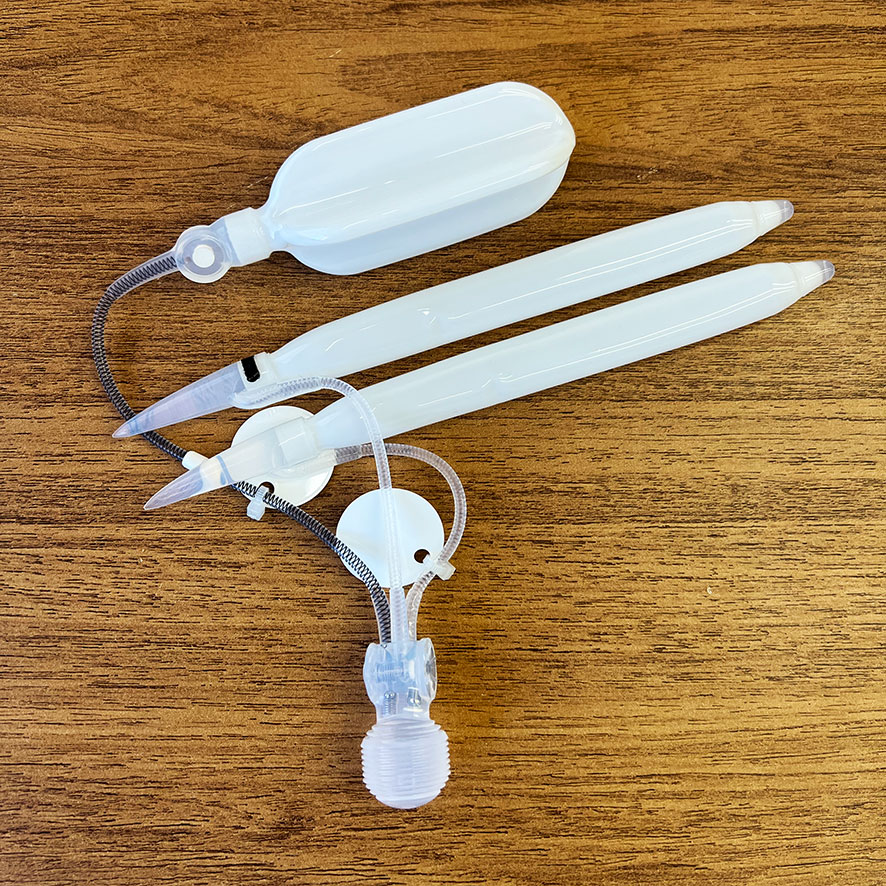
A Prótese peniana inflável é formada por 3 componentes: Cilindros, bomba e reservatório. Todos os componentes são implantados e geralmente não podem ser vistos fora do corpo.
Artigo internacional publicado pelo Dr. Alexandre Miranda na revista da Sociedade Italiana de Andrologia e Urologia, sobre implantação de prótese peniana na doença de Peyronie
Evento internacional organizado pelo Dr. Alexandre Miranda sobre curvatura peniana.
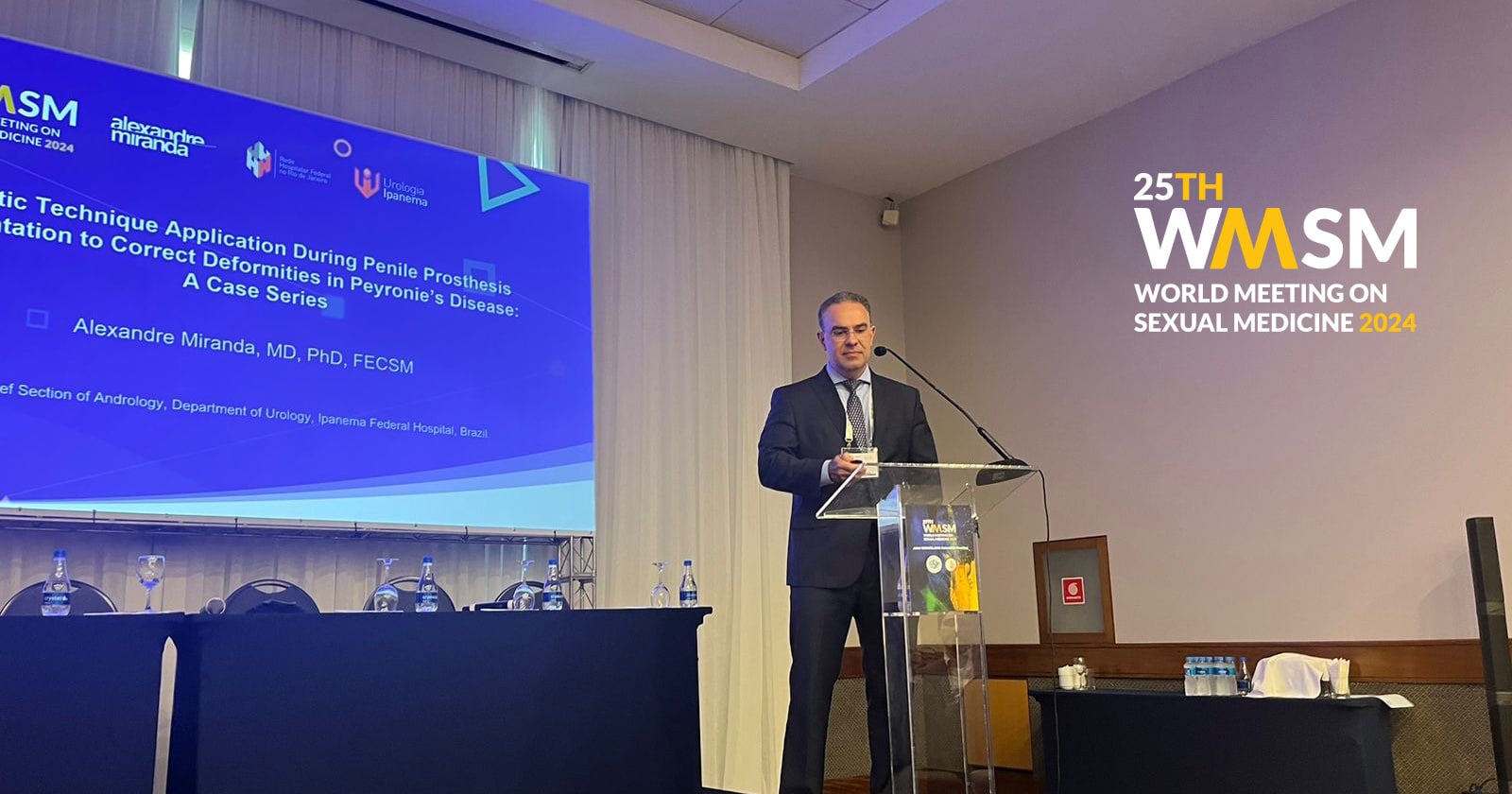
25TH World Meeting on Sexual Medicine 2024
Dr. Alexandre Miranda apresentou, no congresso mundial de medicina sexual, os resultados de longo prazo das suas técnicas cirúrgicas para correção da curvatura peniana.
Summit on Penile Curvature Surgery - 2024
Dr. Alexandre Miranda organizou o primeiro encontro internacional dos principais cirurgiões que se dedicam ao tratamento das curvaturas penianas.
Congresso Americano de Urologia 2022
Dr. Alexandre Miranda presented a case series using his new Auxetic surgical technique in New Orleans - USA.
Brazilian National Academy of Medicine (BNAM)
Dr. Alexandre Miranda talks about Peyronie at BNAM's Urogenital Reconstructive Surgery Symposium
Apresentaçào no XXXVII Congresso Brasileiro de Urologia
Dr. Alexandre apresenta suas novas técnicas cirúrgicas para a doença de Peyronie
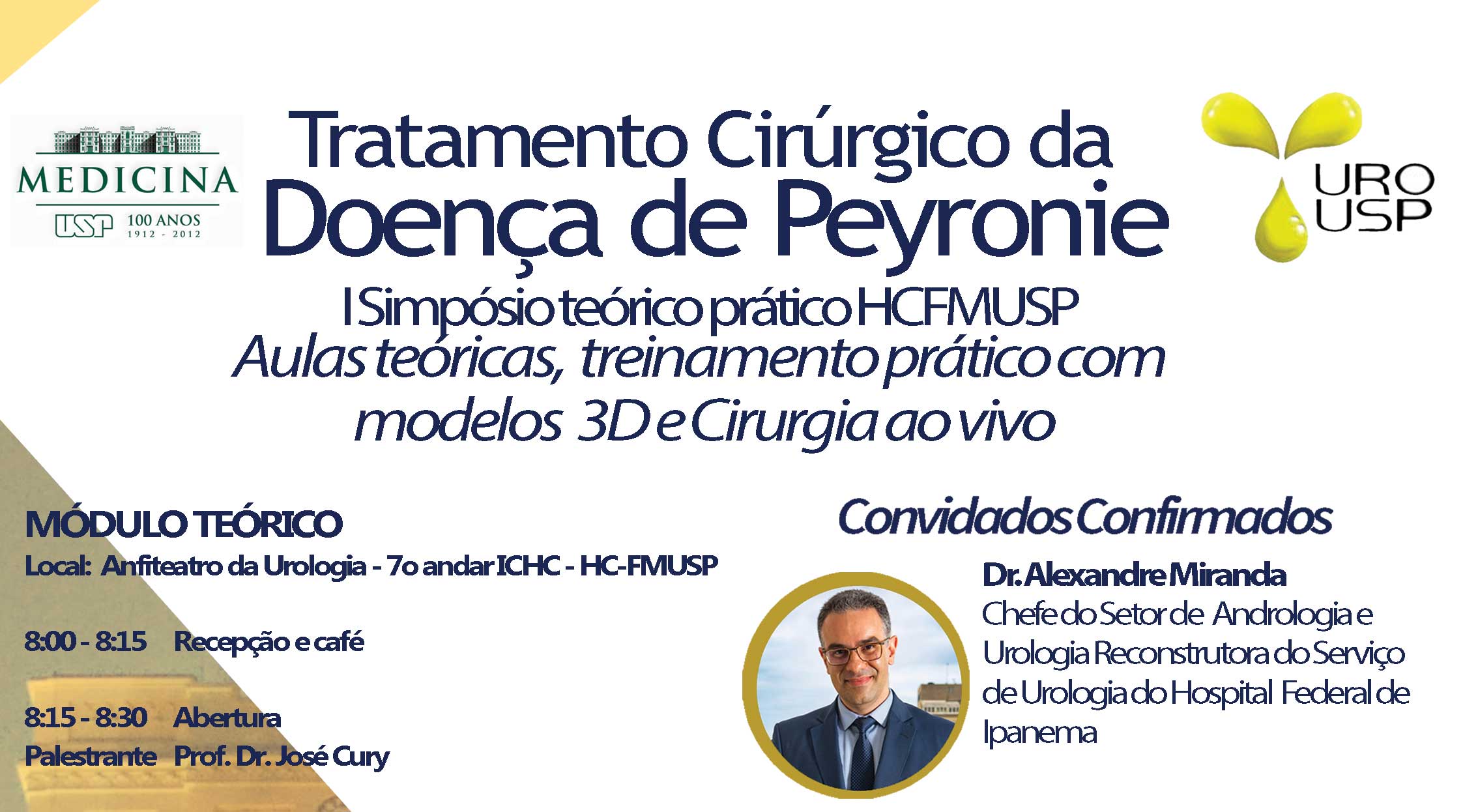
Peyronie's disease course
Dr. Alexandre Miranda ensia sua técnica para correção de Peyronie em um curso na HCFMUSP
Curvatura peniana / Doença de Peyronie
Veja a entrevista concedida pelo Dr. Alexandre Miranda sobre curvaturas penianas, doença de Peyronie e cirurgias genitais.
Apresentação no Congresso Americano de Urologia - 2016
O Dr. Alexandre Miranda apresentou sua nova técnica cirúrgica, para correção de curvatura peniana, no congresso anual da Associação Americana de Urologia em San Diego – 2016.
Publicação em vídeo
Novo video da técnica cirúrgica do Dr. Alexandre Miranda Published a video at Video Journal of Prosthetic Urology da Internationa Society for Sexual Medicine

